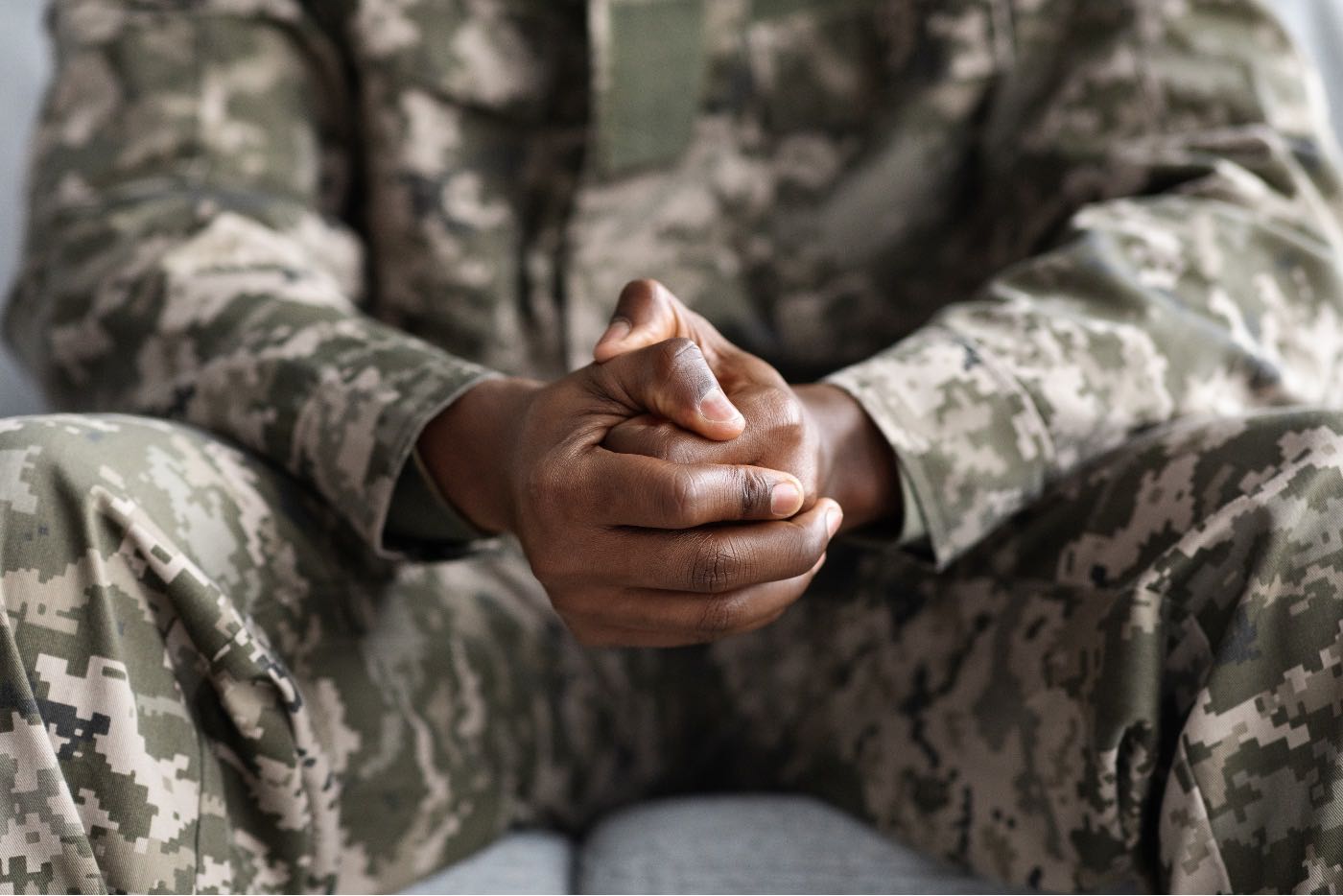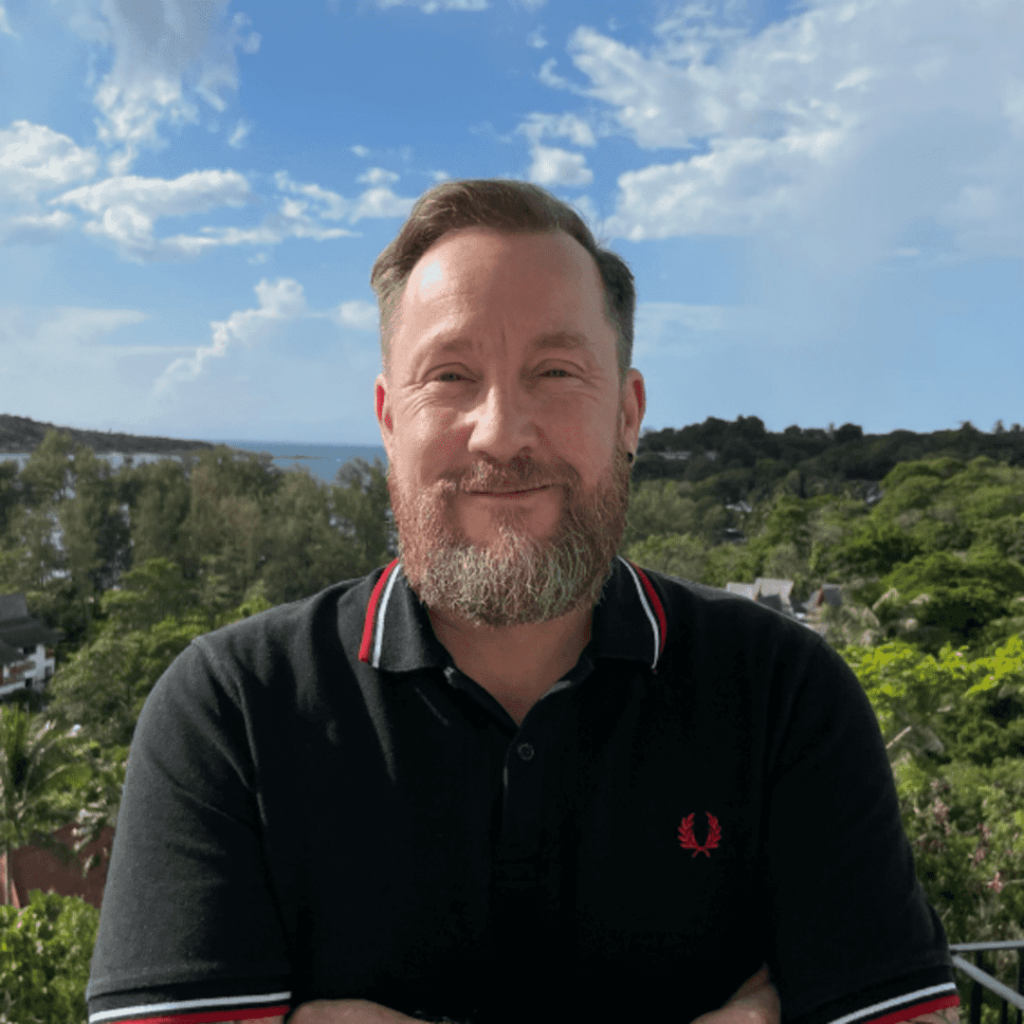Innovative Therapies for PTSD in Soldiers: What’s Working in 2025

If you’re a veteran or active-duty service member, you know that the battle doesn’t always end when you leave the front lines. PTSD in soldiers remains a widespread and complex issue and nearly 1 in 4 veterans of recent military conflicts, according to the U.S. Department of Veterans Affairs. And while awareness of combat-related trauma has grown, the treatments offered haven’t always kept pace with the real needs of those who suffer.
In 2025, things are beginning to change. Innovative therapies are helping soldiers like you move beyond survival and into true recovery. Whether you’re navigating flashbacks, emotional numbness, hypervigilance, or struggles with relationships, the new wave of healing methods may offer something that finally works.
Let’s dive into what’s changing, and how you can access these new pathways to healing.
Why Traditional Treatments Don’t Always Work
You may have already tried some of the standard treatments—cognitive behavioral therapy (CBT), prolonged exposure therapy, or prescription medications like SSRIs. These approaches have become the go-to response in many medical systems for treating PTSD. And while they’ve helped countless people cope with symptoms, they don’t always reach the deepest layers of trauma, especially for those who’ve endured the kind of intense, prolonged stress that comes with military service.
Many veterans find these treatments can feel more like surface-level interventions. You might sit through sessions where you talk about your trauma, but nothing really shifts. Or maybe you’ve taken medication that dulls the anxiety, but also dulls everything else, which leaves you feeling disconnected, numb, or emotionally flat. In fact, research shows that nearly 40% of veterans with PTSD don’t respond adequately to traditional methods. If you’ve ever left therapy feeling more exhausted than relieved, you’re not alone.
That’s because trauma isn’t just a psychological event. It’s something your whole system experiences. It gets embedded in your body—in the tightness in your chest, the clench of your jaw, the tension in your gut. It hijacks your nervous system, keeping you in fight, flight, or freeze mode even when there’s no threat in front of you. You may find yourself overreacting to small things, emotionally shutting down, or struggling to connect with the people who care about you.
The truth is, trauma doesn’t live only in your thoughts, but also in your body. That’s why talk therapy, while helpful for gaining insight, often isn’t enough on its own. You need methods that reach the places where trauma actually lives and lingers: the nervous system, the sensory memory, and even the parts of you that stopped feeling safe a long time ago. For real healing to happen, you need more than logic. You need reconnection.
That’s why 2025 is seeing a powerful shift in how we treat PTSD in soldiers. More and more programs are turning to body-based and holistic therapies—approaches that don’t just manage symptoms but aim to help you feel whole again. These newer methods recognize that healing is about experiencing safety, regulation, and connection in a way your body can actually believe. The kind of healing that is already happening in places like Yatra Centre.
The Rise of Somatic Therapies in Combat Trauma Recovery
Somatic therapies are gaining ground for one important reason: they work. Unlike talk therapy, somatic methods help you process traumatic experiences through body awareness, movement, and regulation techniques.
Here are a few of the most promising somatic approaches helping with PTSD in soldiers:
Somatic Experiencing (SE)
This method works by helping you slowly release the energy of trauma trapped in your body. Developed by Dr. Peter Levine, SE guides you to notice physical sensations connected to traumatic memories, and allows your body to discharge fight-or-flight responses safely.
Internal Family Systems
IFS is a powerful therapeutic model that helps you understand and work with the different “parts” of yourself—such as the soldier, the protector, or the wounded inner child. Rather than trying to fix or get rid of these parts, IFS teaches you to listen to them with compassion. Many soldiers with PTSD find this approach brings a deep sense of integration and relief, especially when dealing with guilt, anger, or internal conflict.
EMDR (Eye Movement Desensitization and Reprocessing)
While not new, EMDR has continued evolving and remains one of the most researched and recommended treatments for PTSD in soldiers. It uses bilateral stimulation (such as eye movements or tapping) to help your brain reprocess traumatic memories in a more adaptive way.
Neurofeedback
This technology trains your brainwaves to return to a regulated state. Many soldiers with PTSD experience disrupted brain patterns related to sleep, anxiety, and impulsivity. Neurofeedback helps calm those patterns at the root.
In 2025, these therapies are being integrated more frequently into veteran care programs, especially in trauma-informed treatment centers that take a whole-person approach.
Holistic Treatment for PTSD in Soldiers: Mind, Body, and Spirit
One of the most exciting developments in PTSD treatment for soldiers is the move toward holistic healing. You’re not just a brain or a body—you’re a whole human being, and your trauma affects every layer of your being.
Here’s what holistic PTSD care often includes in 2025:
Trauma-Informed Yoga and Breathwork
These practices help reset your nervous system and build resilience. Yoga is a powerful way to reconnect with your body and access calm. Breathwork offers immediate regulation tools when you’re triggered, and can also play a role in releasing trauma.
Nature Therapy
Spending intentional time in nature has emerged as a powerful therapeutic intervention for PTSD in soldiers. Known as nature therapy or ecotherapy, this approach uses outdoor experiences—such as hiking, forest bathing, or wilderness retreats—to support emotional regulation and nervous system healing.
Studies have shown that time in nature reduces cortisol levels, improves mood, and promotes feelings of safety and connection. Many veterans find the natural world becomes a quiet space to reflect, breathe, and reconnect with a sense of peace that may have felt unreachable.
In 2025, more treatment centers are incorporating nature-based therapies into their programs, offering everything from guided outdoor mindfulness sessions to extended wilderness immersion.
At Yatra, our centre is nestled on the idyllic coast of Krabi, offering plentiful opportunities to heal by communing with nature.
Psychedelics Therapy
There is growing interest in the use of psychedelics like MDMA and psilocybin in the treatment of PTSD, and early clinical trials have shown promising results, especially in helping veterans process trauma that has not responded to traditional therapy.
These substances, when used responsibly in a structured, therapeutic setting, may allow access to buried emotional experiences and help rewire the brain’s fear responses. However, it’s important to approach this path with caution.
Psychedelics are not a magic cure and can sometimes open emotional material that’s overwhelming or destabilizing, especially without the right support.
How to Access These Therapies in 2025
You might be wondering: How can I get access to these treatments?
The good news is that in 2025, more treatment centers are moving toward integrative, trauma-informed care. However, not all programs are created equal. Here are a few steps you can take to find support that truly helps:
Look for Trauma-Informed Rehab or Retreat Centers
Centers like Yatra Centre in Thailand offer safe, immersive environments where you can receive many of these profoundly effective therapies in one place.
Ask About Personalized Treatment Plans
Effective trauma care isn’t one-size-fits-all. Ask whether your program will be tailored to your specific needs, as a truly individualized approach is the best approach for healing PTSD in soldiers.
Check for Professional Credentials
Make sure your therapists are trained in the modalities they offer. Look for certifications in SE, EMDR, IFS, and trauma-focused modalities and not just general psychology.
Explore Financial Options
Some international centers offer high-quality care at more accessible rates than Western facilities. Others may accept insurance or provide payment plans for veterans.
Take the First Step, Even If It’s Small
PTSD recovery doesn’t have to start with a big leap. Whether you book a discovery call, try a somatic body scan, or read more about EMDR. Every step matters
You Deserve to Heal
If you’ve been living with PTSD from your time in service, know this: healing is possible. The therapies available in 2025 go far beyond symptom management. They’re about helping you return to yourself, rebuild connection, and feel truly alive again.
You don’t have to carry the invisible wounds of war forever. Whether you’re looking for relief from nightmares, anxiety, isolation, or a sense of meaninglessness, there’s a way forward and you don’t have to walk it alone.
Yatra Centre in Krabi, Thailand is here to support your recovery with compassion, innovation, and deep respect for your journey. Reach out today on +66 96 916 3287 to learn more about our programs for PTSD in soldiers, and begin the next chapter of your life.

Mike Miller
Founder & Clinical Director
Mike Miller is a Certified Clinical Trauma Professional, Certified Addiction Therapist, and EMDR Therapist with advanced training in trauma and mental health. He has over 20 years experience delivering behavioural health treatment to clients internationally. As a leading trauma expert, Mike developed the Yatra programme in 2022 to accelerate healing and support lasting transformation.
Subscribe to our newsletter.
Subscribe to our newsletter and join a supportive community dedicated to understanding, overcoming, and transforming personal trauma.
Related Articles
Can Trauma Lead to Hypersexual Behavior? A Closer Look
Trauma can disrupt a person’s life in multiple ways, to the point of affecting aspects of…...
Why a Somatic Healing Retreat Might Be Exactly What You Need
You’ve tried therapy. You’ve read the books. You’ve done your best to manage stress, anxiety, or…...
Trauma Healing and Rehab in Thailand: An Interview with Yatra
Addiction and unresolved trauma affect millions of individuals and families around the world. These challenges are…...
Can PTSD Meds for Nightmares Help You Sleep?
Research from the National Center for PTSD shows that over 90% of Vietnam vets with post‑traumatic…...



